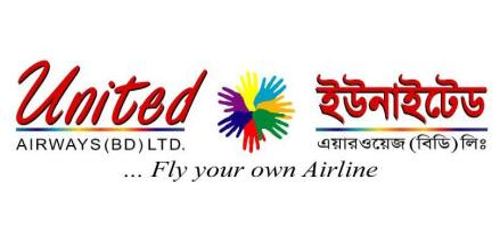The objective of this paper is to identify conditions, factors and methods, which empower women and mothers (WAM) for social action and health promotion movements. WAM are the primary caregivers in almost all cultures; they have demonstrated bold leadership under extreme adversity. Consequently, when empowered and involved, WAM can be effective partners in health promotion programs. The methodology includes a meta-analysis of 40 exemplary case studies from across the world, which meet predetermined criteria, to draw implications for social action and health promotion. Cases were selected from industrialized and less-industrialized nations and from four problem domains affecting quality of life and health:
(1) human rights
(2) women’s equal rights
(3) economic enhancement
(4) health promotion
Content analysis extracted data from all cases on six dimensions:
(1) problem,
(2) impetus/leadership
(3) macro-environment
(4) methods used
(5) partners/opponents
(6) impact.
Analysis identified seven methods frequently used to EMPOWER (acronym): empowerment education and training, media use and advocacy, public education and participation, organizing associations and unions, work training and micro-enterprise, enabling services and support, and rights protection and promotion. Cochran’s Q test confirmed significant differences in the frequencies of methods used. The seven EMPOWER methods were used in this order: enabling services, rights protection/promotion, public education, media use/advocacy, and organizing associations/unions, empowerment education, and work training and micro-enterprise. Media and public education were more frequently used by industrialized than non-industrialized societies (χ2 tests). While frequencies of methods used varied in all other comparisons, these differences were not statistically significant, suggesting the importance of these methods across problem domains and levels of industrialization. The paper integrates key findings into an empowerment model consisting of five stages: motivation for action, empowerment support, initial individual action, empowerment program, and institutionalization and replication. Implications for policy and health promotion programs are discussed.
Women present around fifty percent of the world population and in many regions of the developing world, their role is immense in all spheres of development .But in today’s world, women’s position is different from their male partners. The issues and problems related to women are not looked at and solved the way they should be. Due to gender based discrimination and socially constructed sub-ordination; women have lower status in all over of the life. The most extreme example of this discrimination can be seen in the third world countries.
















